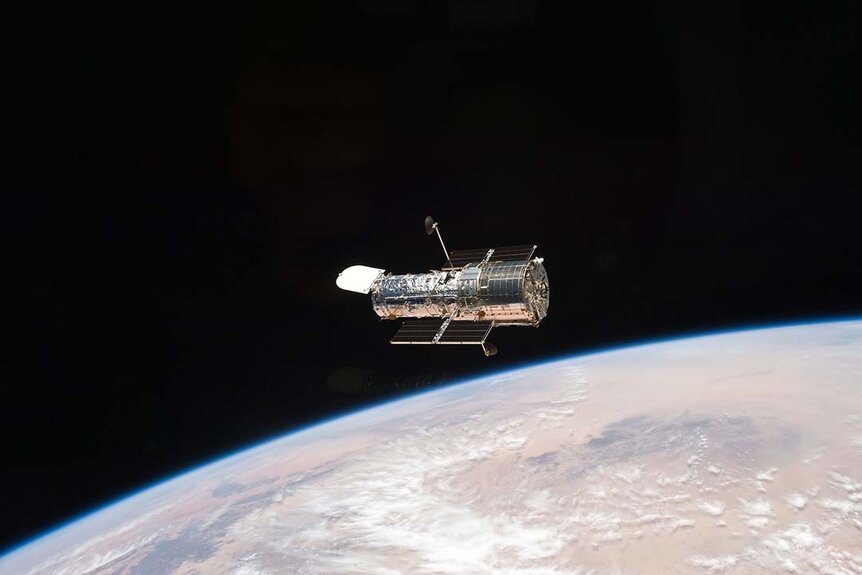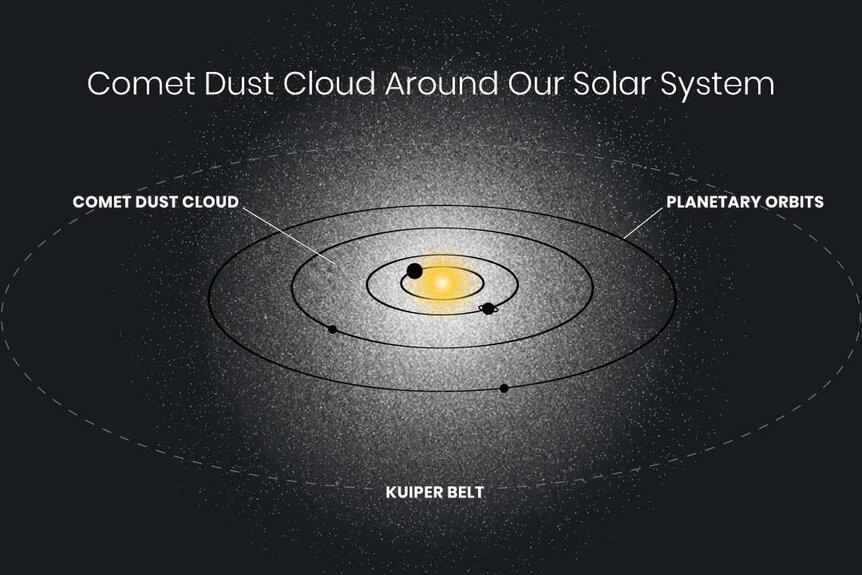Create a free profile to get unlimited access to exclusive videos, sweepstakes, and more!
Astronomers detect a mysterious glow around the solar system
Rage, rage against the dying of the light.

From Dean Devlin, the creative mind behind Independence Day and Stargate, comes a new sci-fi adventure set in deep space. The Ark takes place 100 years in the future, as the crew of the Ark One sets out in search of a new home planet, with the fate of humanity in the balance. While The Ark takes our species on a deadly journey into deep space, mysteries abound here at home. According to a recent NASA announcement, and based on a handful of papers published in The Astronomical Journal and The Astrophysical Journal Letters, there’s more light in the solar system than we can rightfully account for, and we aren’t exactly sure why.
Astronomers from the SKYSURF project scoured 200,000 archival images taken by the Hubble Space Telescope, and made tens of thousands of measurements quantifying the light in the night sky. They then looked at every light source they could see — the Sun, planets, moons, distant galaxies, you get the idea — and figured out how much light each of those were responsible for. Then, one at a time, like blowing out candles, researchers subtracted all of that light to see what, if anything might be left behind. When everything was tallied and the scales balanced, astronomers found a little bit of light left over, about the same glow as you’d get from 10 fireflies, spread out across the night sky.
At present, it’s unclear where this residual glow is coming from, but astronomers have an idea. As comets enter the inner solar system, following their orbit toward closest approach with the Sun, little bits of matter get kicked off and end up floating around in the inner solar system. Scientists propose that those little bits might have built up over the lifetime of the solar system, resulting in a thin cloud of dust centered around the Sun. That cloud would be composed of pieces too small for us to see, but it could capture and reflect some light, resulting in a dim afterglow.
RELATED: Mile-wide asteroid found hiding in the Sun’s glare
If validated, the findings would add an additional component to our understanding of the formation and evolution of stellar systems. It would also explain most of the residual light astronomers observed, but not all of it. Last year, astronomers used data from the New Horizons spacecraft to find an even fainter but equally mysterious light source. New Horizons spent years traveling the far reaches of our solar system. It visited Pluto in 2015 and a small Kuiper object in 2018. Along the way it captured ambient light at a distance of between 6 and 8 billion kilometers from the Sun. At that distance, the proposed inner solar system dust cloud wouldn’t have influenced it. And yet, New Horizons detected a faint light signature, apparently from a more distant source, which also remains unexplained.
Astronomers have proposed a number of explanations including dark matter reactions and undiscovered galaxies, but dust might be the culprit here as well. Without the influence of a star to keep it gathered together it spreads out across intergalactic space and, as a result, is incredibly faint.
Hubble, and other space-based telescopes, typically look past the local light sources in favor of distant objects millions or billions of light years away, but scientists have demonstrated that there is useful information in the local cosmic light pollution which could lead to a few new answers and a host of new questions about how our universe works.
It’s also kind of nice to know that no matter how big space is, and how lonely we might sometimes feel in the great cosmic dark, the universe always leaves a nightlight on for us.
The Ark debuts on SYFY in February of 2023.
































